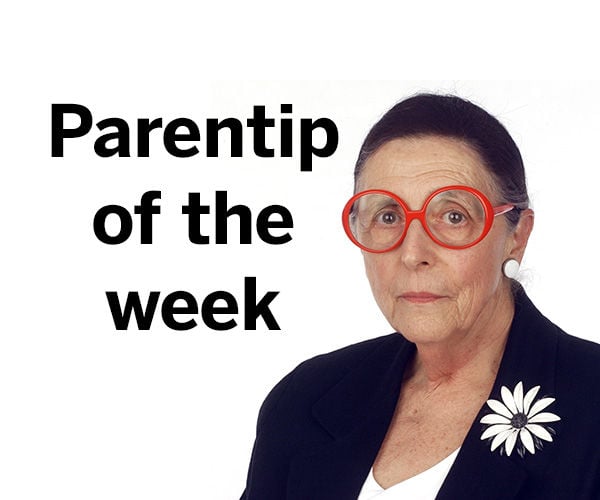My mother, who worked as a commercial artist when I was a girl, was considered an oddity. I, working full time through two pregnancies and the raising of two children, was a rarity. Today? It’s the norm. Nearly three out of every four mothers with children are in the workforce.
In a previous column on the controversy surrounding maternal employment, I wrote that “millions of words have been written on whether children are better off with mother-at-home vs. being in child care or tended by a sitter or nanny and how maternal employment affects the mother.” The so-called “mommy wars” were waged between employed and stay-at-home mothers. Each side thought the other side was making a bad decision that would cause harm to their children.
And the war between these opposing points of view continues. In a May 15, 2015, New York Times article, Clara Cain Miller writes, “The mommy wars might seem like a relic of the 1990s but 41 percent of adults say the increase in working mothers is bad for society while just 22 percent say it is good.” However, we are learning that both girls and boys of working mothers have economic, educational and social benefits.
Data from the International Social Survey Program, which studied 50,000 adults in 25 countries, showed that daughters of working mothers finished more years of school and both earned higher incomes and also were more likely to be employed as supervisors. In the U.S., for example, daughters of working mothers earned 23 percent more than the daughters of mothers who stayed home.
Children of employed mothers are less likely to have learning or behavior problems, as well as depression or anxiety, and more likely to be high achievers in high school. Sons whose mothers worked outside the home were significantly more likely to have wives who work, although having a working mother did not affect the careers of boys (no doubt because all boys are expected to work when they grow up).
Children cannot raise themselves because the human mammal is helpless at birth and requires at least two decades of family care to teach children all they must know to survive on their own. For most of human history, childrearing was shared by the extended family. The mother-alone model developed when the industrial revolution separated work and home. History points out that a patriarchal culture depends on the domesticity of women.
Now that the majority of mothers work outside the home, how much “domesticity” do they find time for? Who is raising the children today? Are there available resources to help employed mothers especially those who must work because of economic exigency?
Another war is still going on. This nation has a long-standing policy war that limits resources for parents. Those who speak and vote against spending government money for families and children feel that such aid weakens families. They proclaim that individual responsibility is what’s needed, not government resources. Self-reliance, not government handouts.
Every nation must ensure that every child has what is needed to thrive as children and grow up to become an educated, concerned citizen. From UNICEF’s Innocenti Research Centre: “The true measure of a nation’s standing is how well it attends to its children ... their health and safety, their material security, their education and socialization, and their sense of being loved, valued, and included in the families and societies in which they are born.”
We don’t measure up in how we attend to our children. When compared by the Innocenti Project to other industrialized nations in children’s material well-being, health and safety, education, relationships, and behaviors, we are ranked 20 out of 21. Improving our ranking is a good reason to provide resources for working parents. We need public preschool for all, parental leave available to all parents — not just mothers — and quality child care for all families who needed it.
What side am I on in the mommy wars? Most mothers who work must do so, and the income they earn goes for necessities to provide children with their “material well-being.” Those who have the luxury of choice can decide for themselves. Mothers can relax about whether working will harm their children: It actually can help them.
Finally, all policymakers must work together to provide resources that children and families need.





